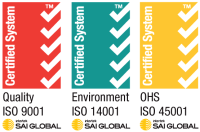Driven Piles vs Screw Piles: Cost, Speed, and Performance Compared
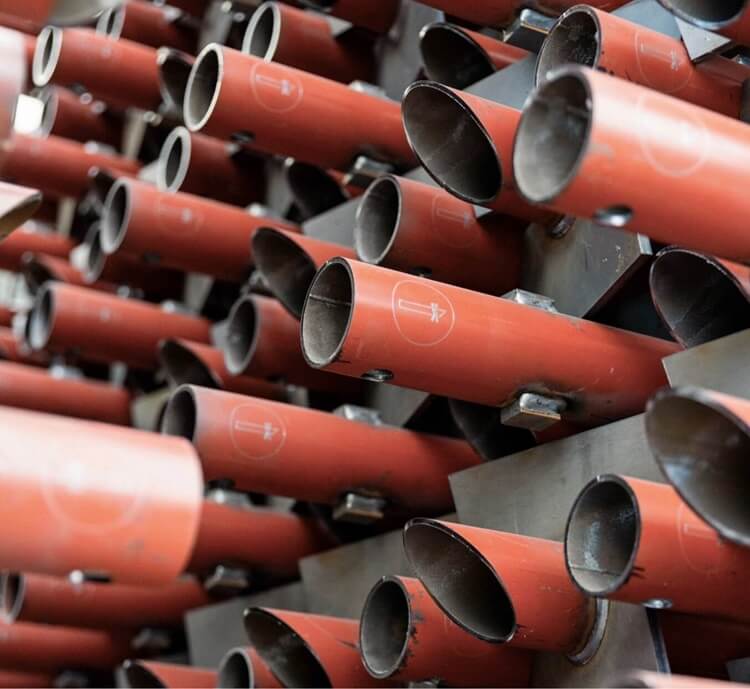
Screw piles and driven piles are both deep foundation systems, but they suit different projects. Screw piles are faster, quieter, more sustainable, and cost-effective for most residential and light commercial builds. Driven piles offer extreme load-bearing performance but come with higher costs and environmental impact.
Choosing between driven piles vs screw piles? It’s one of the most important decisions you’ll make for your foundation system. Builders, engineers, and homeowners across Australia often ask about the best foundation system for their specific project. Each has its strengths, but the right choice depends on cost, site access, speed, and performance. This guide breaks down the key differences between screw piles and driven piles, so you can make an informed decision that suits your build, budget, and timeline.
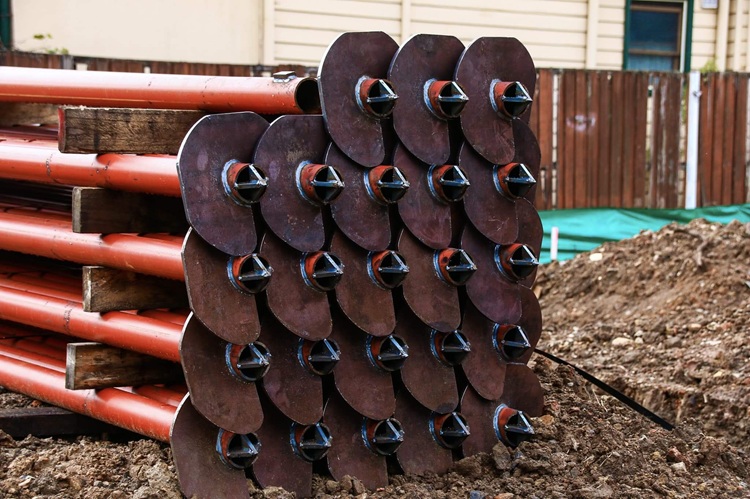
What Are Screw Piles?
The construction industry is a major contributor to global emissions, with concrete alone accounting for around 8% of global CO₂ output. Excavation, water consumption, and site clearing also damage soil ecosystems and release stored carbon. Choosing sustainable building foundations helps reduce these impacts and align projects with modern environmental standards.
What Are Driven Piles?
Driven piles are long columns (typically steel, timber, or precast concrete) that are hammered or vibrated into the ground using heavy equipment. They’re commonly used for large-scale infrastructure or where high load capacity is needed. The main difference between screw piles and driven piles lies in their installation method and site impact.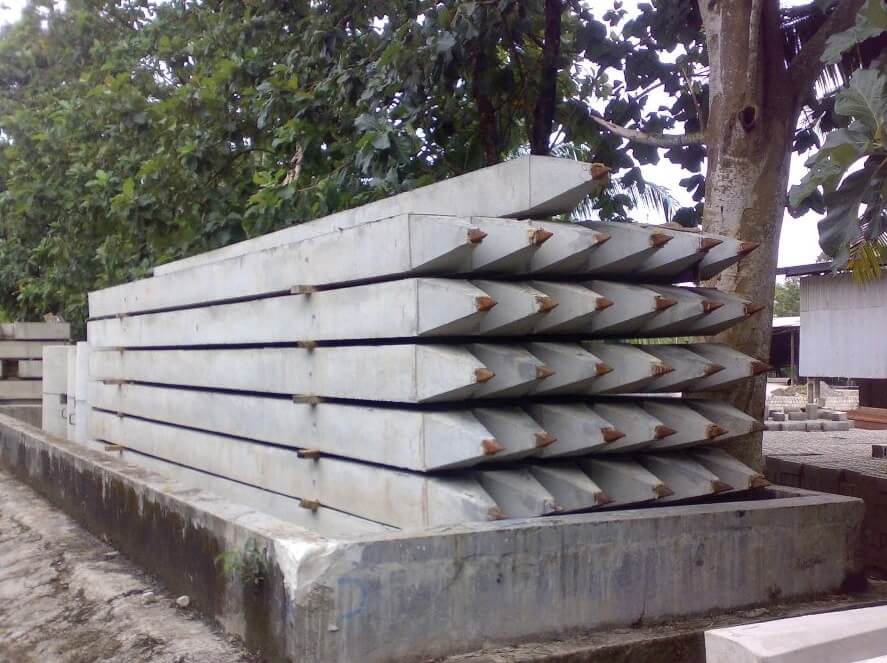
Driven Piles vs Screw Piles: Comparison Table
|
Feature |
Screw Piles |
Driven Piles |
|
Installation Method |
Screwed into place with torque machinery |
Driven in using impact or vibration |
|
Soil Suitability |
Best for soft to medium soils |
Better for denser or harder ground |
|
Noise and Vibration |
Low noise and minimal vibration |
High noise and vibration |
|
Access Requirements |
Ideal for tight or sensitive sites |
Requires large machinery and access |
|
Speed of Installation |
Fast, no curing time |
Slower, especially with concrete piles |
|
Load Capacity |
High (can support most residential loads) |
Very high (suited to industrial builds) |
|
Cost per Pile |
Generally lower, especially for small jobs |
Can be higher due to machinery and labour |
|
Environmental Impact |
Lower disturbance, recyclable steel |
Can disturb the ground and nearby structures |
|
Removal/Reusability |
Reusable and removable |
Permanent and difficult to extract |
|
Code Compliance |
Compliant with AS 2159, NCC, etc. |
Also compliant, but more disruptive to install |
Cost Comparison: Driven Piles vs Screw Piles
When comparing driven piles vs screw piles, cost is a key factor. Screw piles are often the more cost-effective choice for residential and small commercial builds. Here’s why:- No excavation or curing required
- Smaller crews and lighter equipment
- Reduced disruption, meaning fewer hidden costs
However, for very large or industrial builds, driven piles may be preferred due to their sheer capacity and volume pricing. But even then, you’ll need to factor in:
- Heavy equipment hire and operation
- Site access planning
- Noise/vibration mitigation
- Potential environmental impact assessments
Calculating screw pile cost? Remember to include:
- Site and soil reports
- Pile size and depth
- Coating (galvanised or epoxy)
- Access limitations
- Engineering and installation
Speed of Installation: Screw Piles vs Driven Piles
Screw piles win in terms of speed. Most screw pile installations can be completed within a day depending on size, allowing builders to continue construction immediately after. There’s no waiting for concrete to cure, no spoil removal, and minimal cleanup.
Driven piles take longer. You’ll need:
- Time to set up heavy rigs
- Soil preparation or testing
- Concrete curing (if using precast or cast-in-place)
- Vibration monitoring for nearby structures
This extra time adds cost and complexity to your build timeline.
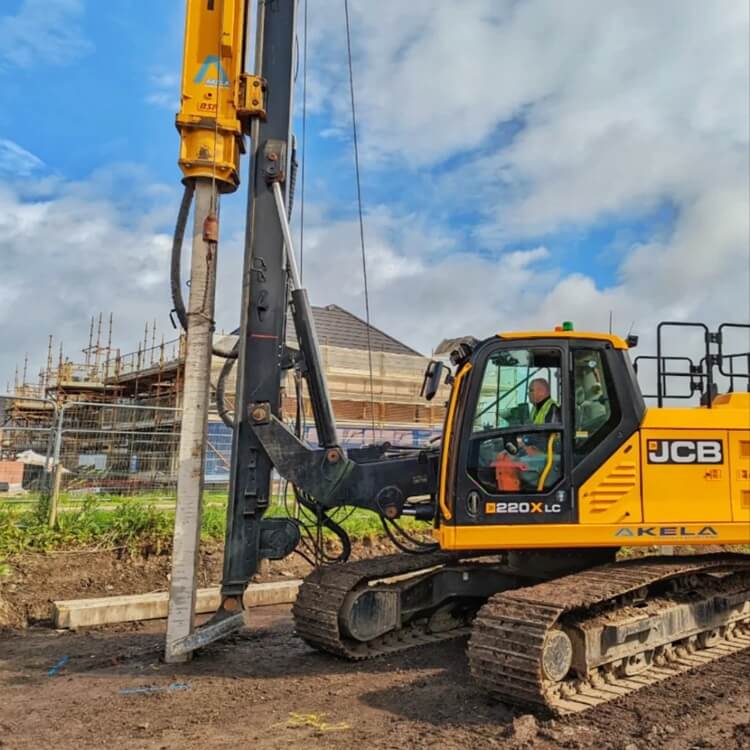
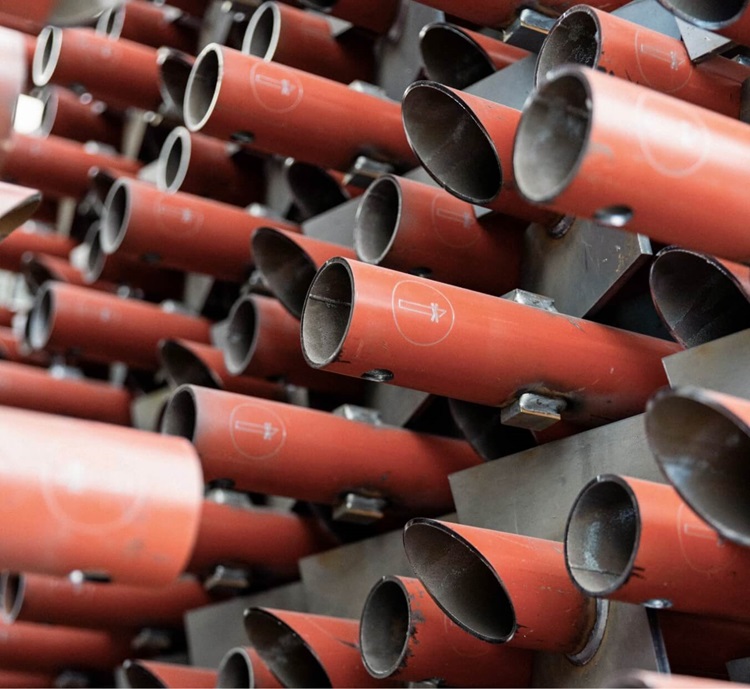
Performance and Load Capacity
The performance comparison of screw piles vs driven piles comes down to load requirements and soil type:
- Screw piles: Excellent for residential, light commercial, modular homes, decks, and footbridges. Commonly used in raised floor foundation systems.
- Driven piles: Offer higher capacity for industrial and infrastructure projects like bridges, warehouses, and high-rises.
If your build involves a raised floor system, screw piles offer a clean, quick, and strong foundation with excellent vertical load performance.
Environmental Impact and Sustainability
More builders are choosing screw piles for their eco-friendly foundations. They offer:
- Minimal site disturbance
- No concrete (lower emissions)
- Recyclable steel
- Removability (ideal for temporary structures)
- Less vibration, which is better for tree roots and heritage zones
In contrast, driven piles create more disruption. They require noisy machinery and may affect groundwater levels or adjacent properties.
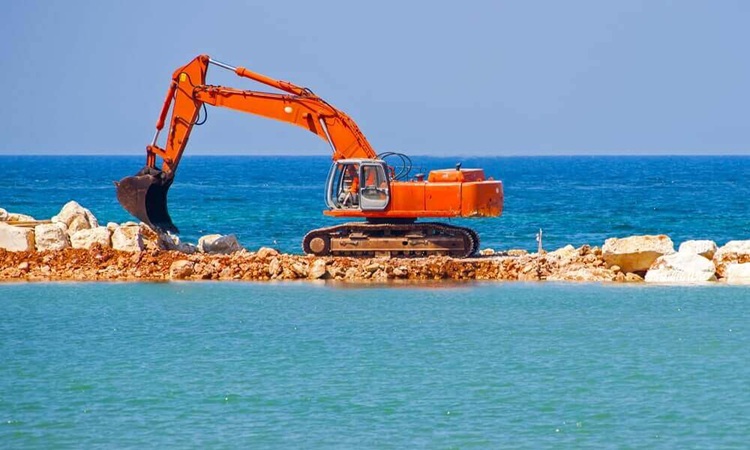

Raised Foundation Applications
Screw piles are ideal for supporting various raised foundation types such as:
- Raised floor foundation systems on sloping or flood-prone blocks
- Raised pier foundation setups for timber-framed homes or cabins
- Raised slab foundation solutions using suspended slabs
Their flexibility, speed, and stability make them perfect for raised house foundations, especially where site conditions vary.
Regulatory Codes for Foundation Systems
In Australia, both screw and driven pile systems must comply with:
- AS 2159: Piling Design and Installation
- AS/NZS 1170: Structural Design Actions
- AS 3600: Concrete Structures (for driven concrete piles)
- National Construction Code (NCC)
- Local DA and environmental planning laws
For screw pile foundations, this includes:
- Detailed geotechnical reporting
- Engineering sign-off
- Certified materials from a registered screw pile manufacturer
- Installation logs showing torque and embedment depth
Using compliant raised foundation systems helps ensure project longevity and council approval.
Which Is Better: Driven or Screw Piles?
If you’re comparing the difference between screw piles and driven piles, it boils down to:
- Speed: Screw piles are faster
- Cost: Screw piles are cheaper for smaller jobs
- Environmental impact: Screw piles are more sustainable
- Performance: Driven piles carry heavier loads, but with more disruption
|
Project Type |
Recommended Pile Type |
|
Residential house |
Screw piles |
|
Raised floor foundation system |
Screw piles |
|
Urban or tight access site |
Screw piles |
|
Industrial warehouse |
Driven piles |
|
Bridge or overwater platform |
Driven piles |
|
Temporary structure |
Screw piles |
|
Flood-prone or sloping land |
Screw piles |
Frequently Asked Questions
The difference between screw piles and driven piles lies in how they’re installed. Screw piles are twisted into the ground, while driven piles are hammered or vibrated into place.
Yes, for residential and small commercial builds. Screw piles use smaller crews, less equipment, and don’t need curing time, reducing total project cost.
Yes. Screw piles are ideal for raised floor foundation setups and can be used for raised slab foundations or raised pier foundations.
Screw piles work best in soft to medium soils. Driven piles vs screw piles in dense or rocky soils? Driven piles may be a better choice there.
Yes. They’re commonly used in raised house foundation systems to lift the structure above flood levels.
Driven piles can handle heavier loads, but screw piles are more than capable for homes, schools, and light commercial buildings.
Yes. For safety and code compliance, a geotechnical report and engineering documentation are essential.
A raised pier foundation uses vertical supports anchored with screw piles. It allows for flexible elevation, improved site drainage, and minimal soil disruption. It’s ideal for sloped blocks, coastal builds, or modular projects prioritising sustainability.
Still Deciding Between Screw Piles and Driven Piles?
If you’re weighing up driven piles vs screw piles, let us help you make the right choice. We specialise in fully compliant, high-quality screw pile systems for residential and commercial foundations across Australia.
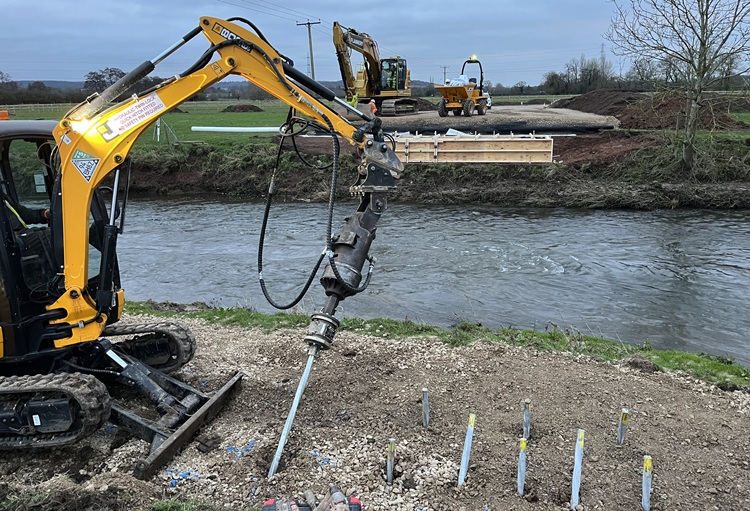
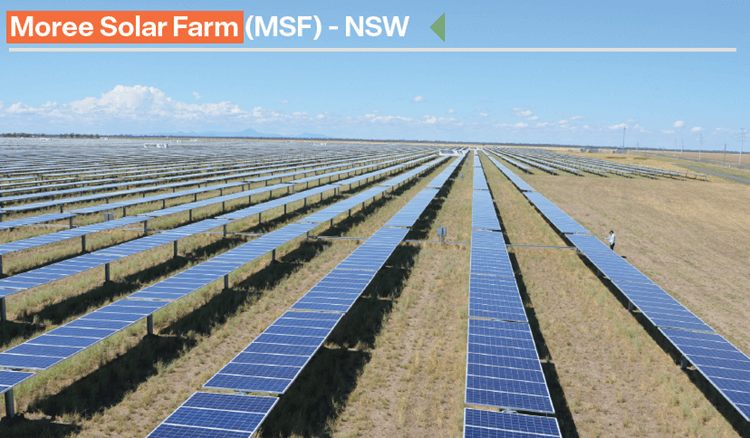
32,000 Solar Blade Piles supplied and installed
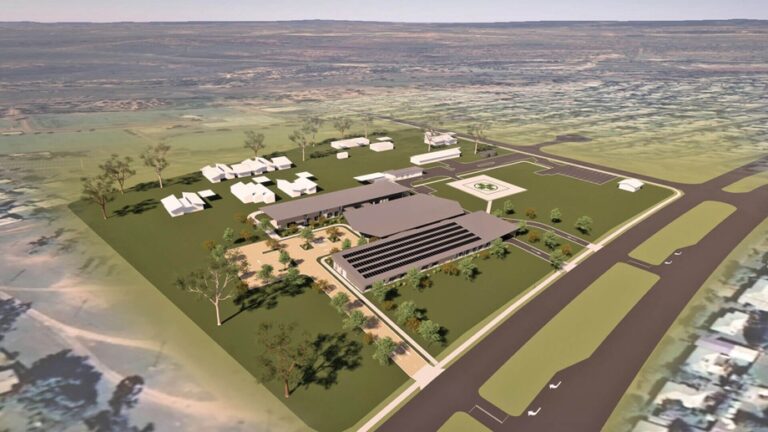
Over 500+ galvanised screw piles
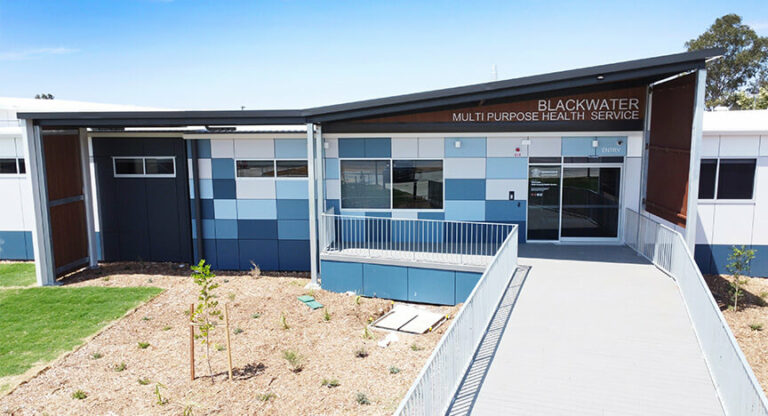
Over 275+ galvanised screw piles
Contact
Blade Pile

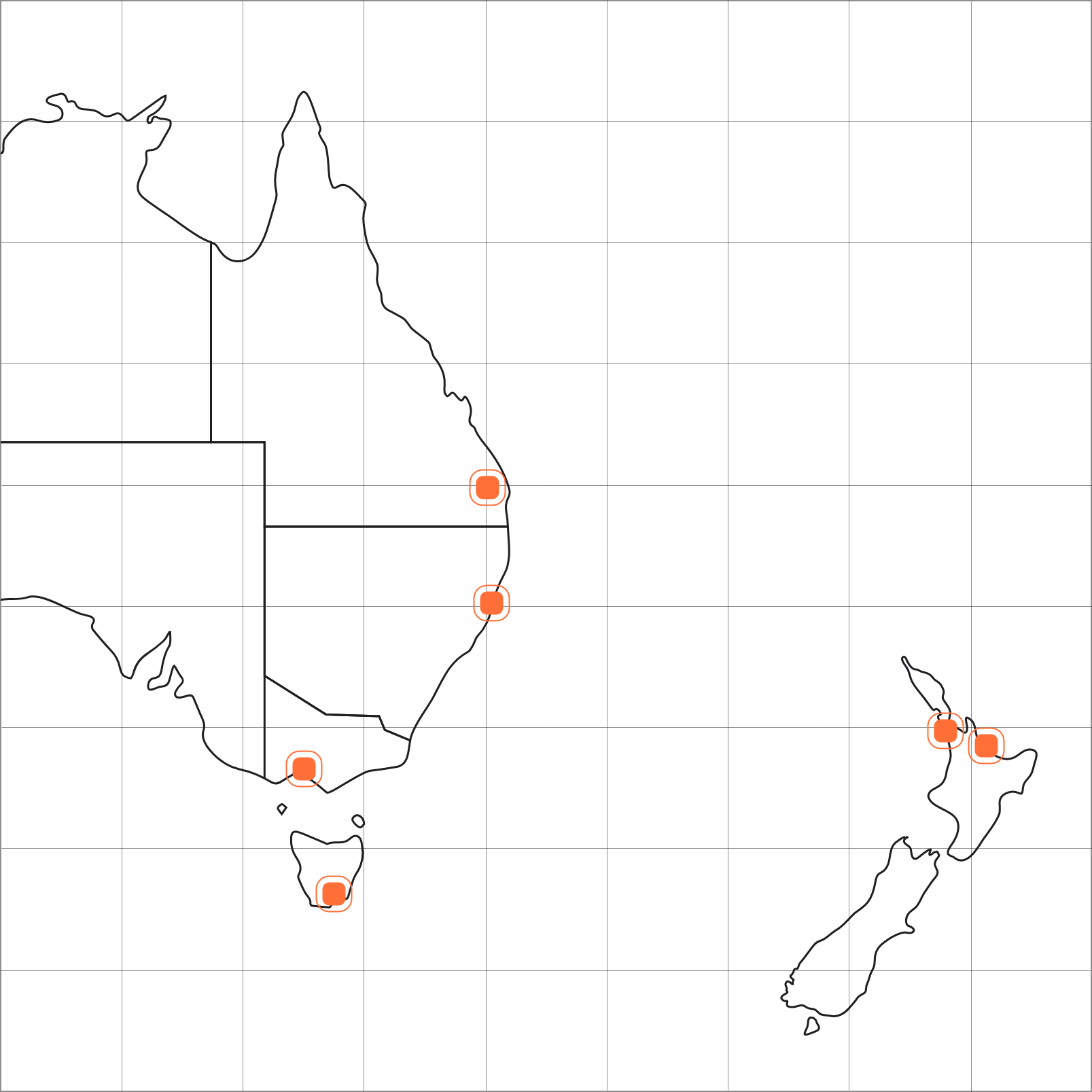
NSW Master Distributor – Solid Metal Piling
41 Topham Road, Smeaton Grange NSW 2567
TAS Master Distributor – Channel Earthmoving
Contact Us !

In his capacity as National Manager, Josh spearheads Blade Pile Group’s business development and growth into new markets.
Since joining the organisation in 2018, Josh has brought a diverse knowledge base and bank of experience in construction, business management, logistics and team leadership to the Blade Pile Group.
